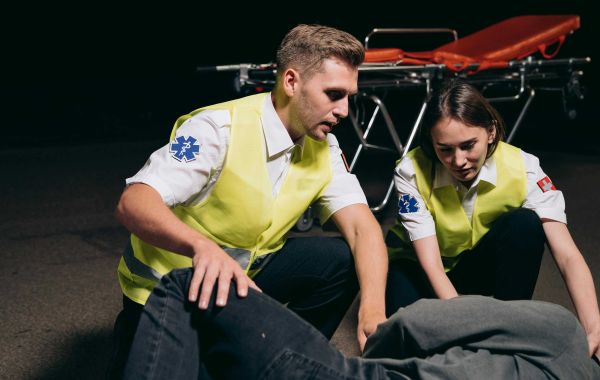When pursuing an accident claim, the inclusion of rehabilitation reports can significantly impact the success of your case. These reports provide critical evidence to substantiate the extent of your injuries and the necessary steps taken for recovery. In any personal injury case, whether caused by a car accident, workplace injury, or other types of accidents, rehabilitation documentation strengthens your position when seeking compensation. Below, we outline why rehabilitation reports are vital and how they can improve the outcome of your legal representation.
Comprehensive Injury Documentation
Rehabilitation reports meticulously track the progress of your recovery after an accident. They contain vital information on the nature of your injuries, the prescribed treatment plans, and your response to medical interventions. These records serve as solid proof that you are not only injured but are actively seeking the appropriate treatment for your injuries. This level of detailed documentation can prevent insurance companies from undervaluing your accident claim by clearly outlining the steps taken to restore your health.
The rehabilitation reports can also show the duration of treatment, providing insight into how long you are expected to be affected by the injury. Prolonged recovery periods, documented through these reports, are often a key factor in calculating higher compensation amounts for accident victims.
Strengthening Legal Representation
Legal representation in an accident claim becomes significantly stronger when rehabilitation reports are included in your case file. Attorneys use these reports to support arguments about the seriousness of your injury, the financial burden of medical care, and the long-term impact on your quality of life. Rehabilitation reports allow your legal team to present concrete evidence rather than relying solely on personal testimonies or preliminary medical evaluations.
Injury attorneys leverage these reports to communicate effectively with insurance adjusters and in the courtroom, should the case proceed to trial. The medical data compiled in the rehabilitation reports can be used to back up claims for compensation related to pain, suffering, lost wages, and ongoing care requirements. By offering detailed medical insights, the reports become indispensable tools for your legal representation, allowing your attorneys to build a more compelling case.
Establishing a Link Between the Accident and Injuries
One of the challenges in personal injury claims is proving that the injuries were directly caused by the accident in question. Rehabilitation reports provide a clear link between the accident and your injuries by detailing the sequence of events from injury onset to rehabilitation efforts. These documents trace the full trajectory of your medical recovery, from diagnosis to discharge or ongoing care, ensuring that there is no ambiguity regarding the cause of your injuries.
When your legal team presents these reports in court, they form a concrete timeline that connects your physical and mental health challenges to the accident itself. This helps to avoid disputes from the opposing party, who might argue that your injuries were pre-existing or unrelated to the accident. In such cases, the more detailed and comprehensive the rehabilitation reports, the more difficult it becomes for the defense to dispute your claims.
Demonstrating the Need for Continued Care
In some cases, injuries sustained in an accident require long-term or even lifelong care. Rehabilitation reports help in demonstrating that you may need ongoing treatment, therapy, or assistance with daily tasks due to the severity of your injuries. Insurance companies and courts often take these long-term impacts into account when awarding compensation. If your rehabilitation reports show that your injury requires continuous care, this can result in a more favorable financial outcome for your case.
These reports may also indicate the future costs associated with rehabilitation, including specialist appointments, physical therapy, or even home modifications to accommodate disabilities caused by the accident. In such scenarios, your legal representation will use this information to ensure that your settlement covers all foreseeable expenses related to your recovery and rehabilitation.
Maximizing Compensation for Pain and Suffering
Pain and suffering are common components of accident claims, and rehabilitation reports provide a detailed look at the physical and emotional toll the injury has taken on you. They can document the mental health aspects of recovery, such as anxiety, depression, or PTSD, which are often more difficult to quantify. These insights add weight to your claim for non-economic damages, further justifying higher compensation.
When presenting your case, your attorney will use the rehabilitation reports to illustrate the ongoing hardships you face, whether due to chronic pain, limitations in mobility, or emotional distress. This strengthens their argument for increased compensation by highlighting the full scope of your suffering as documented by medical professionals.
Conclusion
Including rehabilitation reports in your injury case file is not just a suggestion—it is a strategic necessity. These reports offer comprehensive and irrefutable evidence of the extent of your injuries, your commitment to recovery, and the long-term impact of the accident on your life. By incorporating these reports, your legal representation will be equipped with the critical documentation required to maximize your accident claim.








